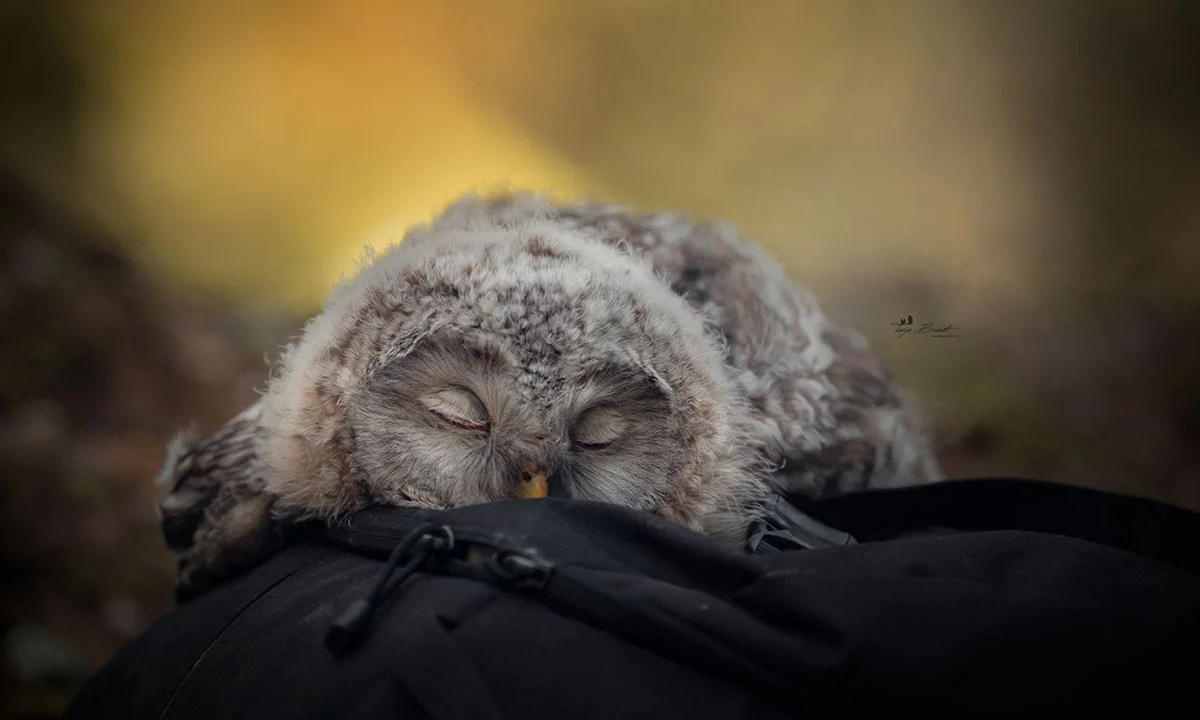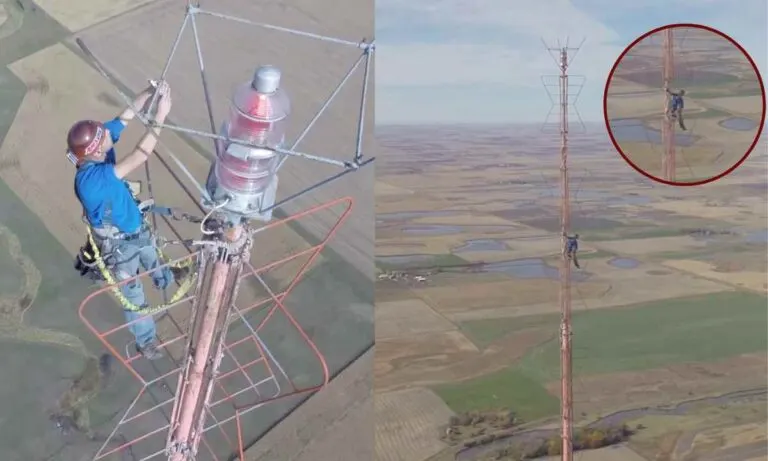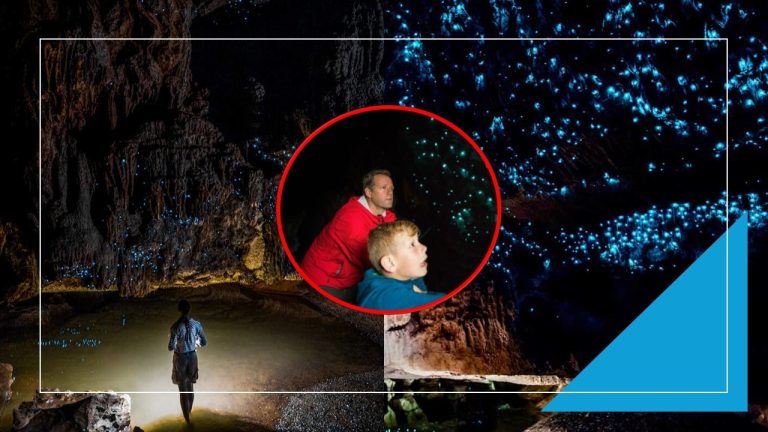Baby Owls Sleep With Their Face Down | Here’s Why!
Warning: This may be the most adorable thing you’ll see. Yes, it’s true. Baby owls really do sleep on their stomachs. Here’s why.
When we think of owls, we often picture them perched high in trees, sleeping upright to blend in with their surroundings. However, baby owls, or owlets, have a different way of catching some Z’s that’s just as fascinating as it is cute.
The Anatomy of Owlets: Why They Sleep Face Down
Owlets have a unique problem – their heads are disproportionately large compared to their bodies. These big heads are crucial for detecting sound and vision, which are important for their survival. However, this creates a challenge when it’s time to sleep. Their neck muscles are not fully developed, meaning they can’t support their head’s weight when they rest.
To solve this, owlets sleep flat on their stomachs with their heads turned to the side. This position allows them to breathe easily while supporting their heavy heads. Imagine tiny fluffy birds planking away with their heads turned sideways – it’s a sight that’s both practical and endearing.

The Science Behind Owlet Sleep Patterns
Owlets also experience high levels of REM (Rapid Eye Movement) sleep, even more than adult owls. REM sleep is the stage where dreaming happens, and it’s essential for brain development.
So, not only do these baby owls sleep in an unusual position, but they also spend a lot of time dreaming. This high REM sleep suggests that their brains are busy processing all the new things they are learning about their environment.

Observations and Variations in Captivity
The sleeping behavior of owlets can vary, especially between those in the wild and those in captivity. Denver Holt, a researcher and founder of the Owl Research Institute, notes that while this face-down sleeping behavior is seen in captivity, it’s not as common in the wild. In the wild, owlets usually crouch with their legs underneath them or lie on top of their siblings, which helps them conserve body heat and stay safe.
In captivity, owlets might sleep flat more often because they don’t need to conserve as much heat. Sometimes, this behavior could also be a fear response. For instance, the image of a snowy owl lying flat with its legs outstretched could indicate that the bird is trying to stay still because it senses a threat.
Even though owlets have the neck muscles to hold their heads up right from hatching – they use these muscles to break out of their eggs – they still often sleep with their heads down. They usually rest their heads on the ground or on other objects in the nest, like their siblings.

Evolution to Adult Sleeping Patterns
As owlets grow and get ready to leave the nest, their sleeping patterns start to change. They move from lying face down to perching upright. Their neck and leg muscles strengthen, allowing them to sleep like adult owls, perched on branches with their legs tucked underneath them. Adult owls use their hallux (a back toe) to grip branches. This toe doesn’t open or let go until the owl bends its leg, ensuring they don’t fall while they sleep.


Conclusion
In summary, baby owls sleep face down because their large heads and developing neck muscles make it the most practical position for them. Their high levels of REM sleep mean they spend a lot of time dreaming. Observations show that owlets in captivity might sleep differently from those in the wild due to varying environmental needs and stress responses. As they grow, they transition to the adult way of sleeping, perched securely on branches.
Also read,







